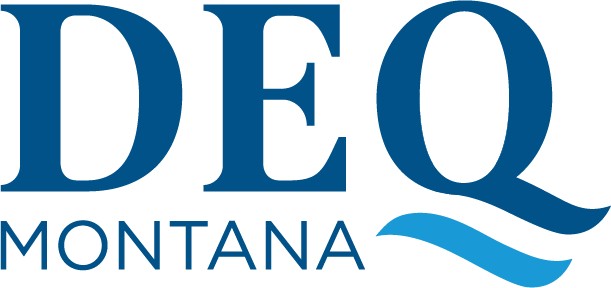DEQ Seeks Comment on Three Draft Assessment Methods
HELENA–The Montana Department of Environmental Quality (DEQ) is accepting public comment on three new draft assessment methods: Dissolved Oxygen Assessment Method for Streams and Rivers; Ammonia Assessment Method; and Selenium Assessment Method for Lake Koocanusa and the Kootenai River in Montana.
Assessment methods describe the overall process to make a beneficial use assessment for a waterbody. Beneficial uses are the various ways a waterbody can be used, which include drinking, recreation, growth and propagation of aquatic life, agriculture, and industry. The assessment methods and beneficial use assessment inform water quality protection and restoration efforts in the water quality planning process.
The new Dissolved Oxygen Assessment Method for Streams and Rivers will be one of the multiple assessment methods used to assess the aquatic life beneficial use for all of Montana’s streams and rivers. Dissolved oxygen (DO) is the concentration of oxygen gas (O2) dissolved in water. Low DO concentrations in a waterbody can negatively affect the growth and propagation of aquatic life and fish.
Similarly, the new Ammonia Assessment Method will be used to assess all state surface waters related to the aquatic life beneficial use. Ammonia is a form of nitrogen (N) that may be found in areas of low oxygen. Unlike other forms of nitrogen, ammonia can be toxic to aquatic life at certain concentrations.
The Selenium Assessment Method for Lake Koocanusa and the Kootenai River in Montana applies only to Lake Koocanusa (from the US-Canada international boundary to Libby Dam) and the mainstem Kootenai River (from the outflow below Libby Dam to the Montana-Idaho border) and will be used to assess aquatic life uses. Selenium is a naturally occurring chemical element, nutritionally essential in small amounts, but toxic to aquatic life at higher concentrations. Selenium accumulates in the tissues of aquatic organisms primarily through dietary exposure. Egg-laying vertebrates are particularly sensitive to high selenium levels.
DEQ’s beneficial use assessment methodology can be broken down into six steps: monitor water quality; compile existing data; perform data quality assessment; determine if the waterbody meets water quality standards; compile pollutant standards review for each of its designated beneficial uses; and report results. Results are reported statewide through Montana’s Integrated Report on water quality, which contains a list of impaired waters and via a mapping service called the Clean Water Act Information Center (CWAIC).
DEQ is accepting public comment through Oct. 6, 2024. Comments can be submitted via mail or email. For more information on this assessment methods public comment process, visit: https://deq.mt.gov/News/publiccomment-folder/WQPB-Assessment-Methods-08-2024Tags: Water and Press Release
